Currency Converter
Rate Date : 12/12/24
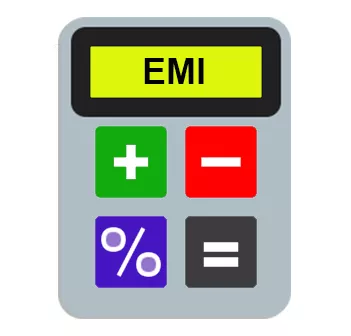 EMI Calculator
EMI Calculator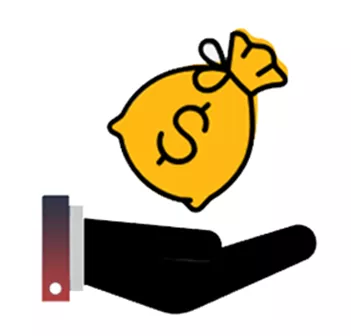 Loan Calculatorr
Loan Calculatorr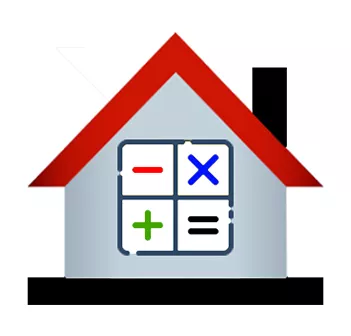 Home Loan Calculator
Home Loan Calculator FD Calculator
FD Calculator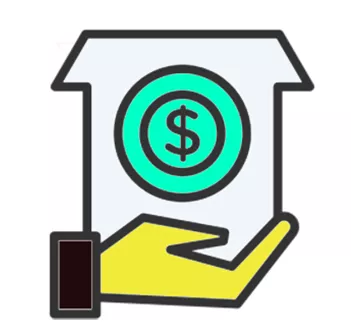 RD Calculator
RD Calculator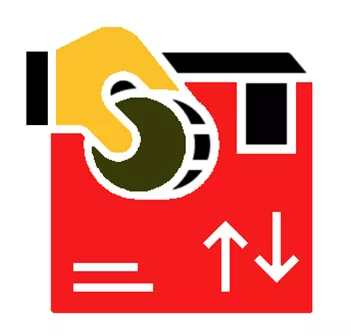 EPF Calculator
EPF Calculator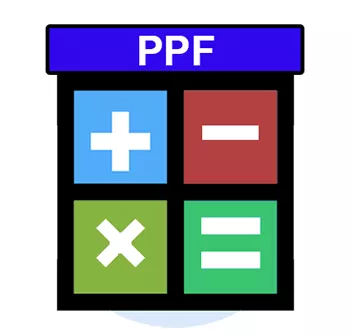 PPF Calculator
PPF Calculator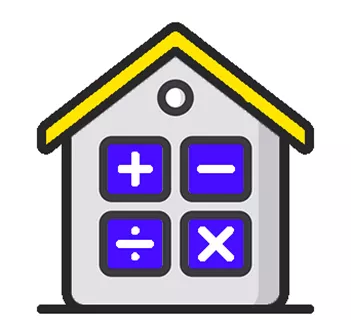 HRA Calculator
HRA Calculator NPS Calculator
NPS Calculator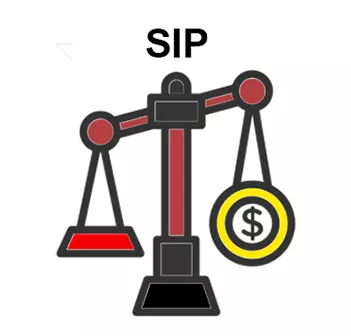 SIP Calculator
SIP Calculator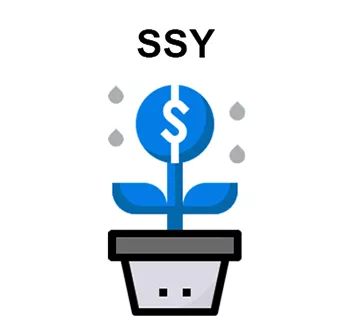 SSY Calculator
SSY Calculator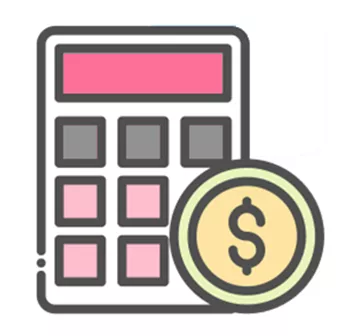 SWP Calculator
SWP Calculator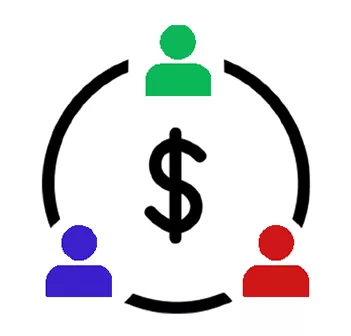 Mutual Fund Returns Calculator
Mutual Fund Returns Calculator Interest Calculator
Interest Calculator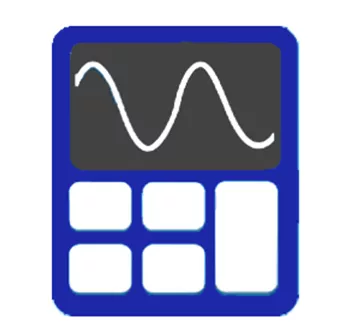 Stock Average Calculator
Stock Average Calculator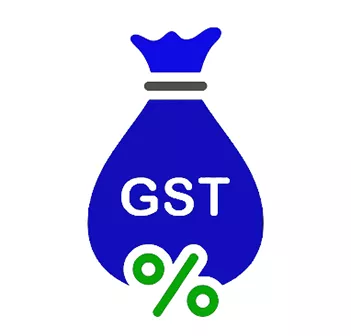 GST Calculator
GST Calculator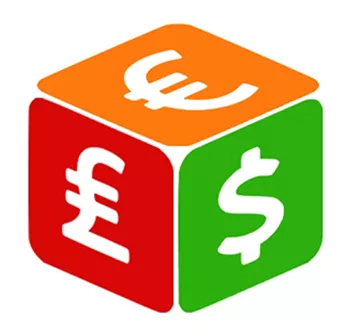 Currency Converter
Currency Converter Crypto Currency Converter
Crypto Currency Converter
General Information About Canada Bank Routing Number & Transit Number
What is Canada Bank Routing Number?
A routing number identifies your bank or financial institution perticular branch & this code is used for local bank account fund transfer. This code will be printed on your personal cheque leaf.
The Canadian routing number is 8 or 9 digit numerical code. In this format, if the 8 digit code has a dash between the 5th and 6th digit, then it is meant for MICR-encoded financial documentation whereas if the 9-digit code has no dash, then it is meant for electronic fund transfers. For instance, XXXXX-YYY is for MICR-encoded documents and 0YYYXXXXX is used for electronic transfers.
The first three digits of the routing number is the identifier of the financial institution or bank branch & last five digits of the number is the transit number.
In MICR Code the first five digits is branch number & it's help to identify the perticular financial institution branch & last three digits is the financial instituion dentifier number.
As a general rule, Bank institution numbers start with 0, 2, 3, or 6, Credit Union and Caisse Populaire institution numbers start with 8, and Trust Company institution numbers with 5.
Structure of the Canada Bank Routing Number
This is a special unique code or identifies number is generated with the combination of the first three digits bank code, next two digits means fourth & fifth digit is district code, then next three digits means sixth, seventh & eighth digit is branch code and at last one means nineth digit is cheque digit. This special unique bank routing number is also printed on the bottom-left of your bank cheque leafs.
Example : Breakdown of Canada Bank Routing Number
0 | X | X | X | Y | Y | Y | Y | Y |
Leading Zero | Financial Institution Code | Branch Transit Number | ||||||
Structure of the Canada Bank MICR / Transit Number
This is a special unique code or identifies number is generated with the combination of the first three digits bank code, next two digits means fourth & fifth digit is district code, then next three digits means sixth, seventh & eighth digit is branch code and at last one means nineth digit is cheque digit. This special unique bank routing number is also printed on the bottom-left of your bank cheque leafs.
Example : Breakdown of Canada Bank MICR / Transit Number
X | X | X | X | X | - | Y | Y | Y |
Branch Transit Number | Financial Institution Number | |||||||
What is MICR code used for?
A Canadian bank routing number is used for various financial purposes. Direct deposits, making payments like bills or depositing salary or pension, cheque payment, and to perform wire transfers, one may require to give their bank routing number.
In a Canadian bank transit number, the last digit of the branch number, with few exceptions, indicates the geographical location of the branch.
Branch numbers ending with :
| Number | Location |
|---|---|
| 0 | British Columbia and Yukon. |
| 1 | Western Québec including Montreal and surrounding areas. |
| 2 | Ontario including Toronto and surrounding area. |
| 3 | Nova Scotia, Prince Edward Island and Newfoundland excluding Labrador. |
| 4 | New Brunswick. |
| 5 | Eastern Québec including Labrador. |
| 6 | Eastern Ontario including Ottawa and surrounding area. |
| 7 | Manitoba and North-Western Ontario. |
| 8 | Saskatchewan. |
| 9 | Alberta, the Northwest Territories and Nunavut. |
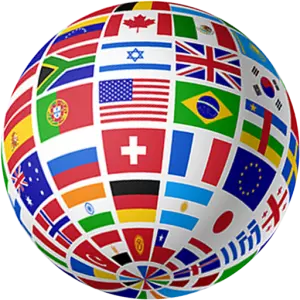 SWIFT Code Finder
SWIFT Code Finder